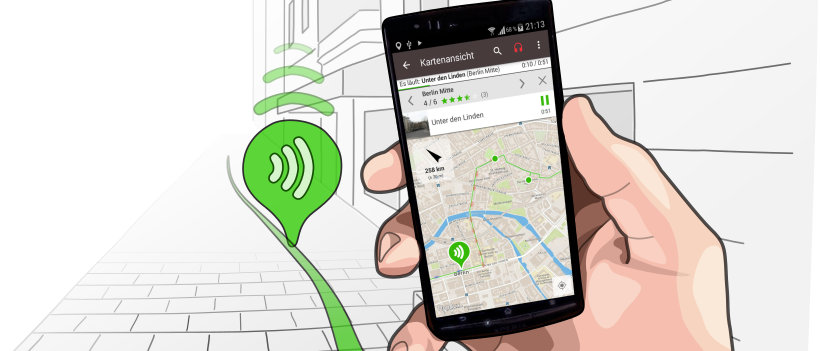It was not the numerous advertising signs above or in front of the shops in Schildergasse that gave the street its name. It was the sign and coat of arms painters who lived here in the Middle Ages who were the “godfathers”. Well-known Cologne painters such as Stefan Lochner also lived and worked here.
But the origins of Schildergasse can be traced back to Roman times. Schildergasse (east-west axis) intersected with Hohe Straße (the north-south axis) in the Forum, a central market place. Over the course of the centuries, more and more craftsmen, guilds and also wealthy patrician families settled here.
In stark contrast to the urbanity of Schildergasse, the Antoniterkirche in the middle presents itself. You can not only take a short “shopping break” here, but also take in the beautiful and rather simple interior. It has stood here since 1296, initially as the monastery church of the Antoniters. After the secularization in 1794, during which numerous monasteries and churches were dissolved on Napoleon’s orders, the Protestants were given the church in 1802. The secularization resulted in the loss of church property and treasures, and the Second World War almost completely destroyed the Antoniterkirche.
It was reconsecrated in 1952 after reconstruction. One of the three exhibits by the artist Ernst Barlach, the “Floating Man”, is well known in memory of the victims of the two world wars.
Back to Schildergasse: From the middle of the 19th century, Schildergasse increasingly turned into a place for strolling and “intellectual” relaxation. The “Cafe Royal” was the central meeting point for the leaders of the March Revolution of 1848, and Marx and Engels were also famous guests.
In 1914, Hermann Tietz opened a department store here, which was then the largest shopping temple in Europe. As part of the “Aryanization”, Tietz was expropriated by the Nazis and the department store was renamed “Kaufhof”. Cinemas, theaters, restaurants and cafes, such as the “Cafe Riese”, which had been there since 1901, also attracted large numbers of people until the war.
20 years after the end of the war, Schildergasse became a pedestrian zone, now with boutiques, specialty shops and of course the “Kaufhof”.
Unfortunately, Schildergasse could not retain the charm of earlier years, when you could still see the really big film and music stars drinking coffee next to your table.
Today, around 10,000 people pass through the 530 m long Schildergasse every day, the “second most frequented” shopping street in Germany.
But now let’s go to the Farina Fragrance Museum, the home of “Eau de Cologne”.
Image source 2nd image: © Raimond Spekking
Image source 3rd image: “Der Schwebende”, user Bodoklecksel on de.wikipedia, CC BY-SA 3.0 http://creativecommons.org/licenses/by-sa/3.0/, via Wikimedia Commons



